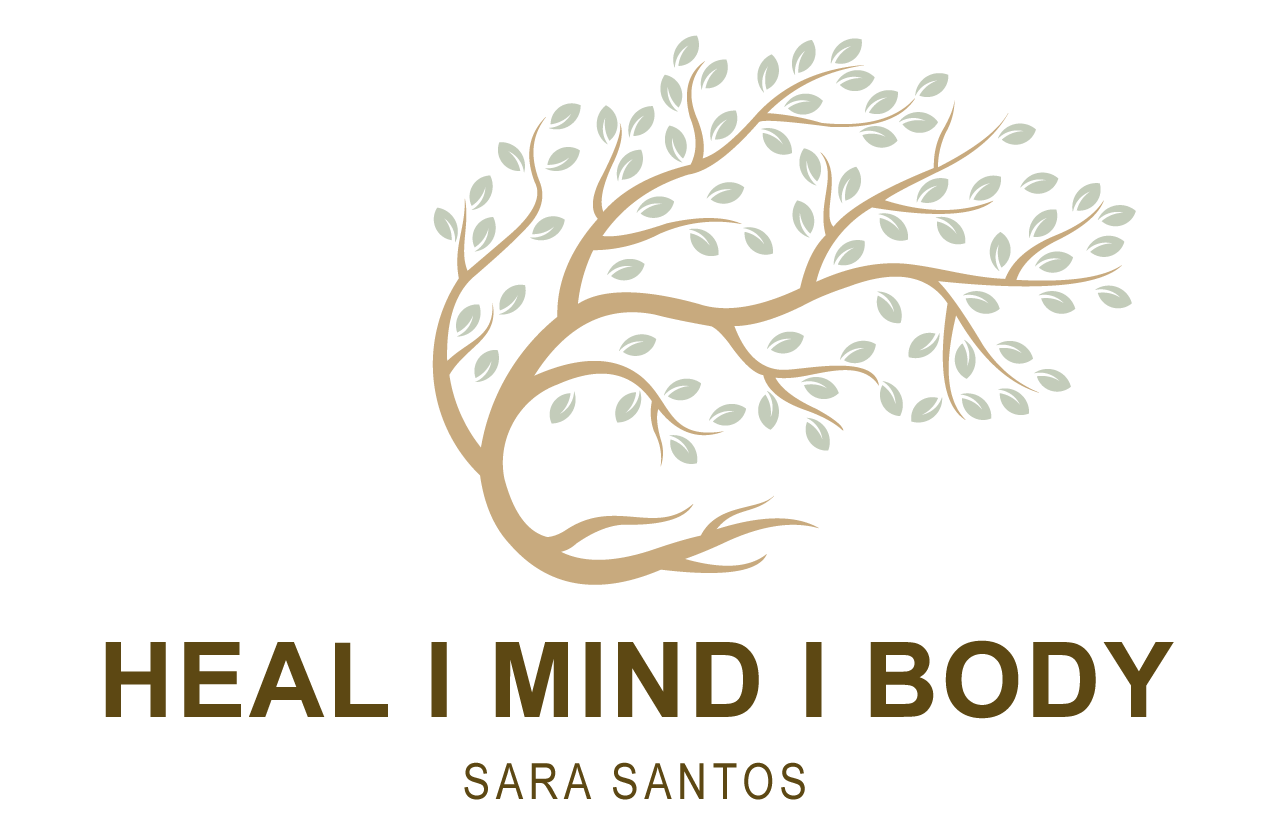Fear and anxiety can create a self-perpetuating cycle that keeps you stuck in a state of distress and pain. Here’s how it often unfolds:
1. Triggering Fear:
Fear is often triggered by perceived threats or situations that feel unsafe or beyond our control. This trigger could be a past trauma, uncertainty about the future, or a challenging circumstance.
2. Physical and Emotional Response:
When fear arises, it activates the body’s stress response, releasing hormones like cortisol and adrenaline. This response can manifest physically with increased heart rate, shallow breathing, muscle tension, etc. Emotionally, it can lead to feelings of panic, dread, or worry.
3. Avoidance and Coping Mechanisms:
To alleviate the discomfort caused by fear and anxiety, people often resort to avoidance behaviors or coping mechanisms. This might involve avoiding situations that trigger anxiety or using substances, distractions, or other habits to numb the feelings temporarily.
4. Short-Term Relief, Long-Term Consequences:
These avoidance strategies may provide temporary relief, but they reinforce the fear by affirming that the perceived threat is something to be avoided or feared. Over time, this strengthens the fear response, creating a cycle where avoidance becomes the default response to similar situations.
5. Limited Growth and Learning:
When avoidance becomes a habit, it restricts opportunities for growth and learning. Facing fears and challenges is often necessary for personal development, and avoiding them can keep you stuck in a comfort zone, hindering progress and causing emotional distress.
Breaking the Cycle:
- Mindfulness and Awareness: Recognizing the cycle is the first step. Mindfulness techniques can help observe thoughts and feelings without judgment, allowing for a better understanding of the triggers and responses.
- Gradual Exposure: Gradually exposing oneself to feared situations in a controlled manner (known as exposure therapy) can help reduce the intensity of fear responses over time.
- Cognitive Behavioral Therapy (CBT): CBT can assist in identifying and challenging irrational thoughts and beliefs that contribute to fear and anxiety.
- Self-compassion and Acceptance: Being kind to oneself and accepting that fear and anxiety are natural emotions can reduce the pressure associated with them, making it easier to address them.
- Seeking Support: Professional help from therapists or counselors can provide tools and guidance to break the cycle effectively.
Breaking the fear and anxiety cycle is a gradual process that involves patience and persistence. It’s about changing your relationship with fear rather than eliminating it entirely, fostering resilience and the ability to navigate challenging situations more effectively.

